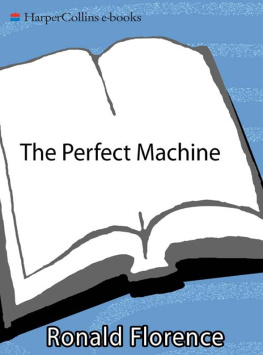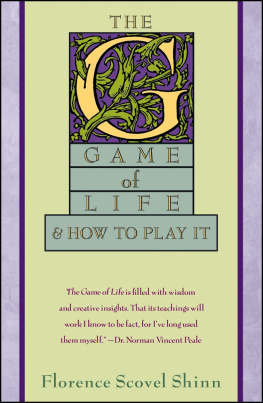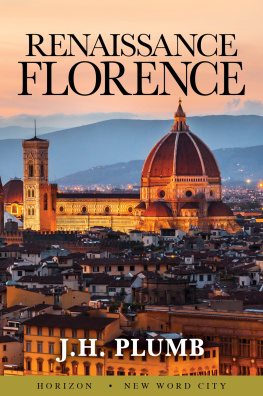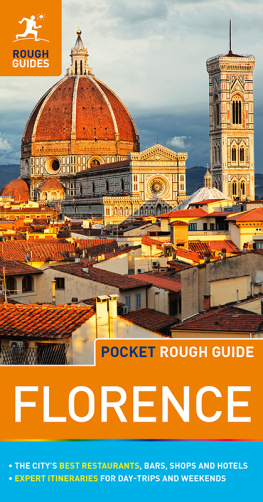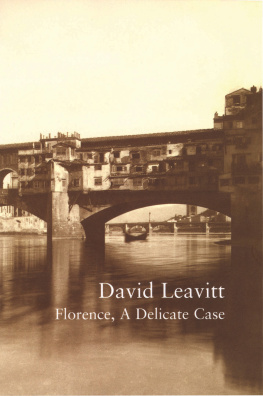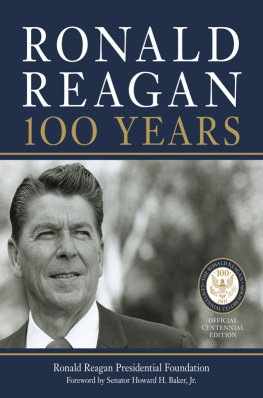1
April 1920
The two men met on the platform of the Southern Pacific depot in Los Angeles. In their wool suits and stiff collars, they might have been mistaken for commercial travelers starting out on a weeks run to peddle their waresat least until they bought tickets straight through to Washington, D.C. Transcontinental travel was enough of a novelty to turn heads in 1920.
The area around the depot looked like the backgrounds of the Mack Sennett Keystone Kops comedies, which were filmed nearby. Elegant homes abutted vacant lots. Trolley cars ran down streets lined with palm and eucalyptus trees, past incongruously empty pastures. Signs of construction were everywhere. Civic boosters, buoyed by preliminary reports of the 1920 census, were already bragging that Los Angeles had passed San Francisco in population to become the fastest-growing city in the United States.
At the depot the men exchanged pleasantries and agreed to share a compartment, but neither said much to the other, letting the flurry of boarding passengers, conductors checking tickets, baggage handlers, and porters fill the silence until the train left. Outside the Pullman window they watched cart after cart being wheeled down the platform to the dining car, laden with food, linen, and menus. Prohibition had eliminated the wine list and the prospect of a bar car, but even in the infancy of transcontinental travel, the railroads knew that leisurely meals served by porters in starched white jackets were one way to fill the long hours of the journey.
The trolley cars had a nine-story terminal at Sixth and Main, but railroad passengers didnt count for much in the City of the Angels. Eager to match the splendor of the great eastern stations, like the grand concourse of New Yorks Penn Station, where departing passengers on the famed Limited trains were greeted by a stationmaster in tails, top hat, and white gloves, Los Angeles had long campaigned to get the Southern Pacific, Union Pacific, and Atchison lines to build a grand Union Station as part of a grandiose civic center plan. But by the 1920s Southern California already seemed hell-bent on the automobile. The ambitious plans of the tire, gasoline, and auto companies were open secrets, and the railroads, unsure of the future of passenger traffic, resisted municipal entreaties. Eastbound passengers in Los Angeles had to settle for a cluttered platform in a dilapidated depot, where the train pulled away with no more ceremony than an everyday local, and the engineer had to ride his whistle to clear the way over a series of annoying grade crossings along busy Alameda Street. Automobiles had already wrought havoc in Los Angeles.
The train didnt pick up speed until it emerged from the built-up downtown area. By then the travelers could see billboards advertising canary farms, artificial pools for fishing, stands selling fried rabbit, dogs at stud, grass-shack eating huts, psychic mediums, vacant-lot circuses, storefront evangelicals, bicycles for rent, and frogs for sale. California was like no other economy in the world. Real estate companies sprang up and disappeared overnight. Where most cities had restaurants, Los Angeles had cafeterias. Signs advertised the eternal glories of Forest Lawn and the Hollywood Pet Cemetery. There were stores that sold pet caskets, as well as dog beauty shops and dog restaurants. Los Angeles had more telephones and automobiles than any city of comparable size in the United States. Its divorce and suicide rates were double the national average.
Some attributed the madness to Hollywood, a boomtown even by California standards. The studios had started making movies in Los Angeles only a half-dozen years before and were already one of the biggest industries in the state. All over the country people eagerly followed the antics, orgies, fame, depravity, scandals, and successes of the stars. Thousands flocked to California every week in pursuit of fame, stardom, or quick money in the movie business. Street-corner vendors were already hawking maps with addresses of the stars.
Although they were interested in stars and, like the moviemakers, had been drawn to California by the weather and skies so clear that the nearby mountains seemed to reach up and touch the heavens, the two men who boarded the train at the Southern Pacific depot hadnt come to California because of the movie industry. They were astronomers, from what were then the two most advanced observatories in the world: Heber Curtis, from the Lick Observatory on Mount Hamilton, near San Jose; and Harlow Shapley, from the Mount Wilson Observatory, above Pasadena. For years they had been engaged in an exchange of articles in the professional journals, criticizing each other with the remarkable vehemence that scientific journals seem to encourage. To a layperson who tried to wade through the articles, the spirited exchange about globular clusters and spiral nebulae might have seemed a tempest in a teapot. But this tempest had ultimately gathered national attention, finding its way onto the pages of newspapers that normally favored murders, adultery, and political scandal to serious science. At the end of their journey across the country, the two men were scheduled to debate at the annual meeting of the National Academy of Sciences, in the presence of an august audience thatand this was one detail the newspapers never failed to mentionwould include the famous professor Albert Einstein.
From the sprawling Los Angeles Basin, a refuge ringed by mountains, the train climbed through the San Bernardino Mountains toward the Cajon Pass. Beyond the pass the open desert stretched for hundreds of miles, its bleakness punctuated only by chaparral, cactus, and the occasional mountain that pierced the clear air. The desert mountains were strange geological formations, isolated from the dangers of earthquake, remote enough to be untainted by the urban light pollution that even then affected most astronomical observatories. Their peaks thrust up into air so still that stars were pinpoints against the black heavens.
The great California observatories, like Lick and Mount Wilson, were themselves isolated by traditional standards. Before they were built most astronomical observatories were located more for convenienceusually on the campuses of urban universitiesthan for optimum seeing, the term astronomers use to describe the stillness and transparency of the atmosphere. Yet, compared to the remoteness of the desert peaks that Shapley and Curtis saw from the train window, the Lick and Mount Wilson observatories were almost urban. In 1920 the desert peaks, like Palomar Mountain, were so isolated by the lack of regular roads that only the Indians really knew them. Some of the mountains were sacred to the Indians: Legend had it that they were the homes of the Spiritsthe departure point for souls journeying to the heavens. Shapley and Curtis could only imagine what the night sky would be like from a desert mountaintop.


